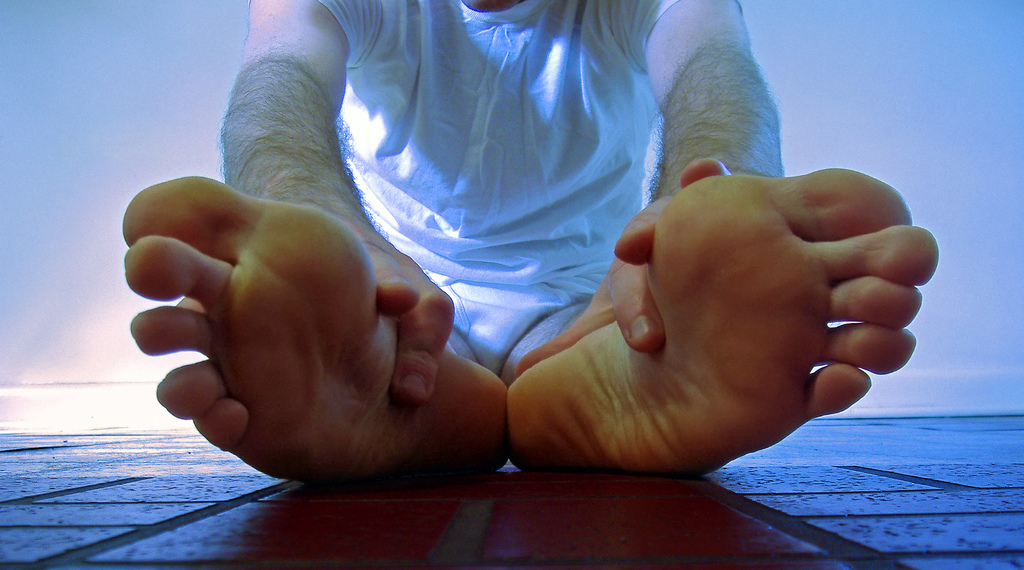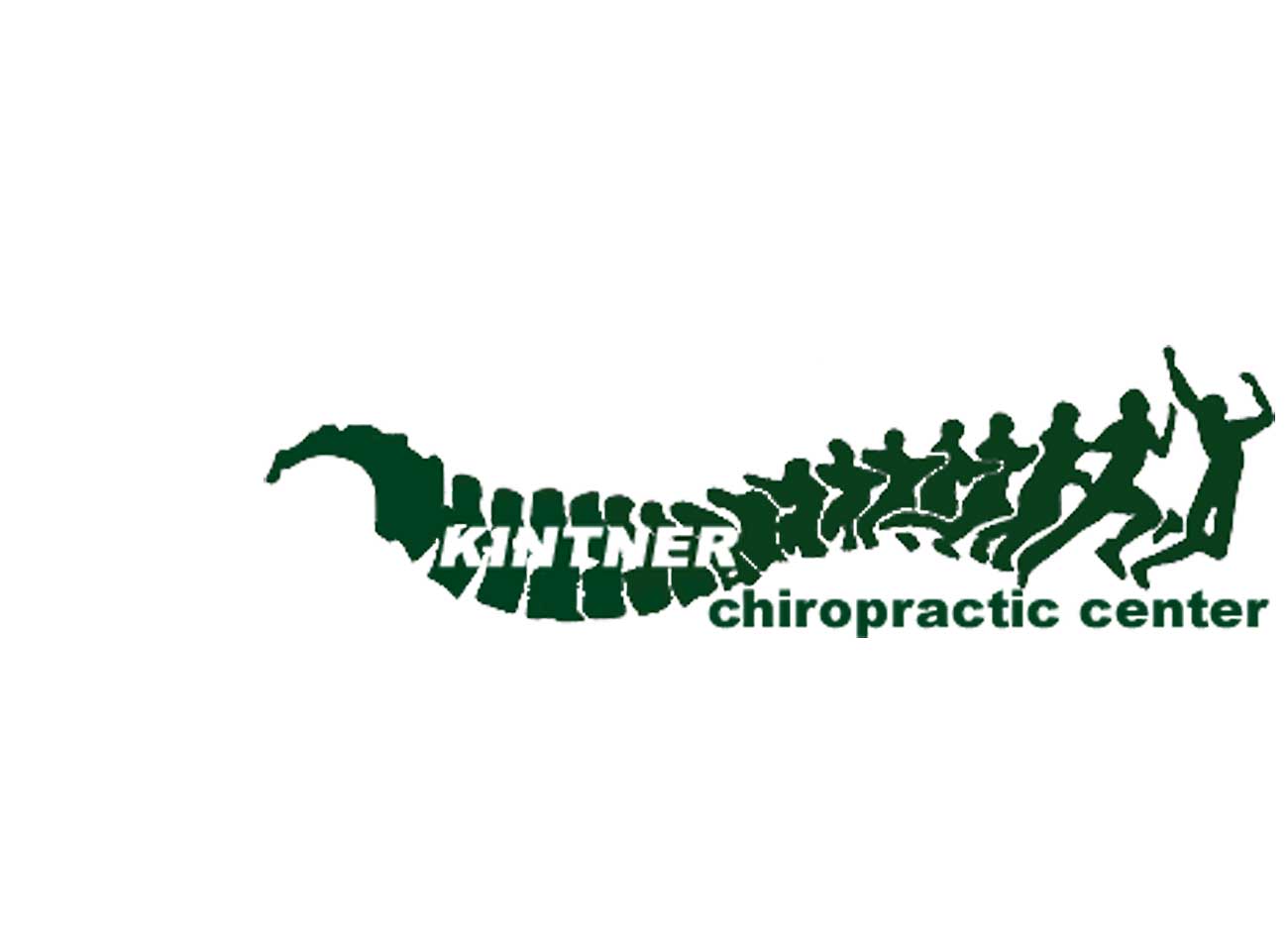In Latin, plantar refers to the weight bearing, ground-striking part of the foot and “itis” means inflammation. Plantar fasciitis is an inflammation of the bottom of the foot.

Plantar fasciitis is commonly referred to as policeman’s foot or jogger’s heel. The inflammation is typically characterized by swelling, redness and pain in the bottom of the foot, typically found on the front of the heel bone—the calcaneus. Sometimes plantar fasciitis is called subcalcaneal pain syndrome. The pain can extend throughout the bottom of the foot from the heel and may extend forward to the toes.
Causes of plantar fasciitis include:
- unequal leg length due to a genuine structural difference or subluxations of the pelvis,
- over pronation (flat-footedness in gait),
- inability to pick the foot up at the ankle joint,
- unsupportive footwear,
- extended standing,
- high shock activities such as running,
- aging,
- carrying excessive weight.
There are three arches in each of your feet. One runs down the inside (middle of the foot from big toe to the heel, one down the outside of the foot from the little toe to the heel and one that runs across the ball of the foot from the big toe side to the little toe side. If any of these three arches fails to function properly, it affects all of the others. As the arches fail, the foot expands. Do you know anyone who has had to increase their shoe size? This is the reason.
When plantar fasciitis occurs the muscles of the feet get over-stretched and pull on the heel bone. Bones are surrounded by an ultra sensitive tissue called the periosteum. This is why fractures hurt so much and why this syndrome is so painful. As we age, our tissues get gradually stretched from a lifetime of standing and walking. The stretched muscles pull on the periosteum creating pain.
The pain of plantar fasciitis tends to be worse in the morning because when we sleep, our fee shorten and in the morning we start to stretch them once again when we arise. Standing, walking and especially running, aggravate the symptoms. When this condition persists, bone spurs develop (10% of the time spurs are seen on x-ray).
This is why immediate care is important. If you are experiencing plantar fasciitis and ongoing pain in the bottom of your feet please call Dr. Mary Kintner at 802.899.5400 and schedule an evaluation. It can be corrected. Treatment options will be discussed in a followup to this article.
